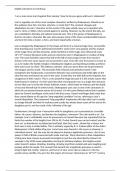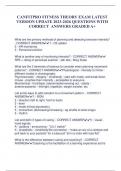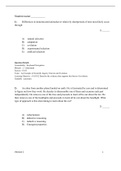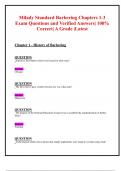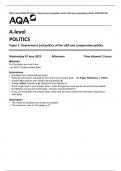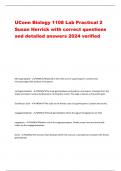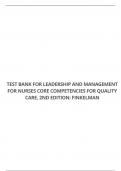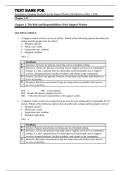Essay
King Lear Essay - 'I am a man more sinn'd against than sinning'. How far do you agree with Lear's statement
An extremely deatailed A* level english literature essay about the character of Lear in King Lear. Good for practice, essay ideas, quotes and exmple of what top level analysis looks like.
[Show more]
